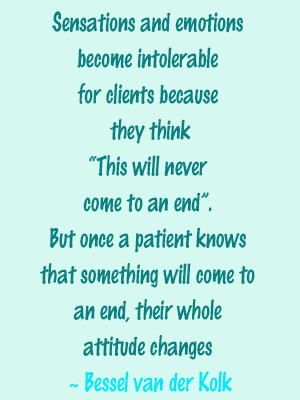We’re going to be tapping on toxic shame, not healthy shame. Healthy shame is something we feel when we stop ourselves from doing/saying something that we would not want done/said to us. Read an article about the
gifts of shame here. All emotions have their role and value, there really is no such thing as a “negative” emotion, but we can find certain emotions difficult to process and feel and for each of us those emotions will be different.
People can be shamed for lots of different things, but one of the most detrimental is being shamed by parents for merely existing and having needs. This is when a child starts trying to compensate the parent for just being alive and having needs and this can start very very early. As Dr Phil says, it changes who they are. They don’t have the luxury of becoming who they are because they are too busy trying to make life easier for their parents.
One of the things I have found that people are insidiously shamed for, is having parents who didn’t love them, however not being loved showed up. Now, don’t start telling me that all parents love their children, because that’s just not true. It’s also not true that we can’t give what we never had. Many parents who weren’t loved, go on to love their children.
You also usually hear people do the best they can. But do we always do the best we can? No, we don’t. And the important thing is to be honest about it. When we’re honest we can face the situation and rectify it but keeping our heads buried in the sand allows us to continue living unhealthy patterns and denying how we truly feel. If we don’t speak up, our bodies will do it for us, in the form of symptoms.
EFT diagrams.
Even though I feel ashamed of … I completely accept how I feel
Even though I am ashamed of … I completely accept how I feel
Even though I was shamed by … (because … etc), I acknowledge how that makes me feel
Even though I feel shame … (when, where in your body, what sensation(s) come up), I accept myself anyway even if no one else does
Top of the head: I feel ashamed
Eyebrow: Of …
Side of eye: It feels …
Under the eye: I feel it in my chest (where do you feel it right now in your body?)
Under the nose: This is my shame
Under the chin: It’s mine because …
Collar bone: If something weren’t wrong with me, I wouldn’t feel this way
Under the arm: This shame is mine
Top of the head: Or maybe it’s not
Eyebrow: Yes, it is
Side of eye: No, it’s not
Under the eye: I’ve felt ashamed for a long time
Under the nose: I feel ashamed about ...
Under the chin: I’ve been shamed about … (Do you see this difference between these two sentences?)
Collar bone: I took that shame on as my own
Under the arm: But is it mine?
Top of the head: The shame of being ...
Eyebrow: The shame of feeling …
Side of eye: The shame of having …
Under the eye: The shame of …
Under the nose: This feeling of shame in my body
Under the chin: It’s not who I am
Collar bone: It’s how I feel
Under the arm: There’s a difference
Top of the head: I’ve tried to compensate by …
Eyebrow: And that feels
Side of eye: It’s ok to be honest about how I’m feeling, I need to be honest about how I feel
Under the eye: Maybe I’m ready to release some of this shame
Under the nose: Maybe the burden isn’t mine to bear
Under the chin: I can let go of 10% (put in the amount that feels right to you) of this shame
Collar Bone: And that feels …
Under the arm: I acknowledge and accept how I feel about this
Top of the head: It feels good to release some of this toxic shame
Eyebrow: I feel lighter
Side of eye: More myself
Under the eye: How others treat me says nothing about me
Under the nose: And everything about them
Under the chin: I can start recovering who I really am
Collar bone: And that feels ...
Under the arm: I'm connecting more and more to my true myself























